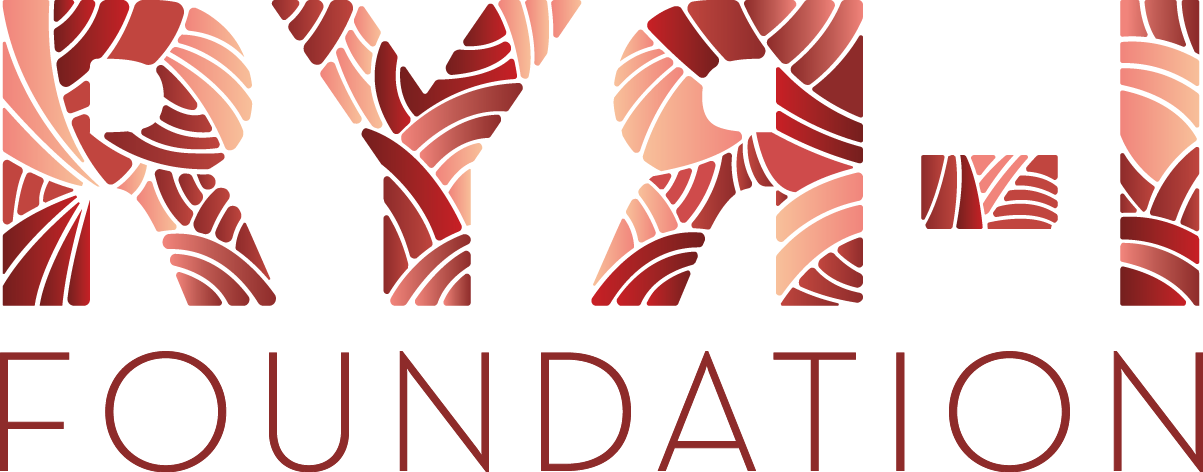RYR-1-Related Diseases for Healthcare Professionals
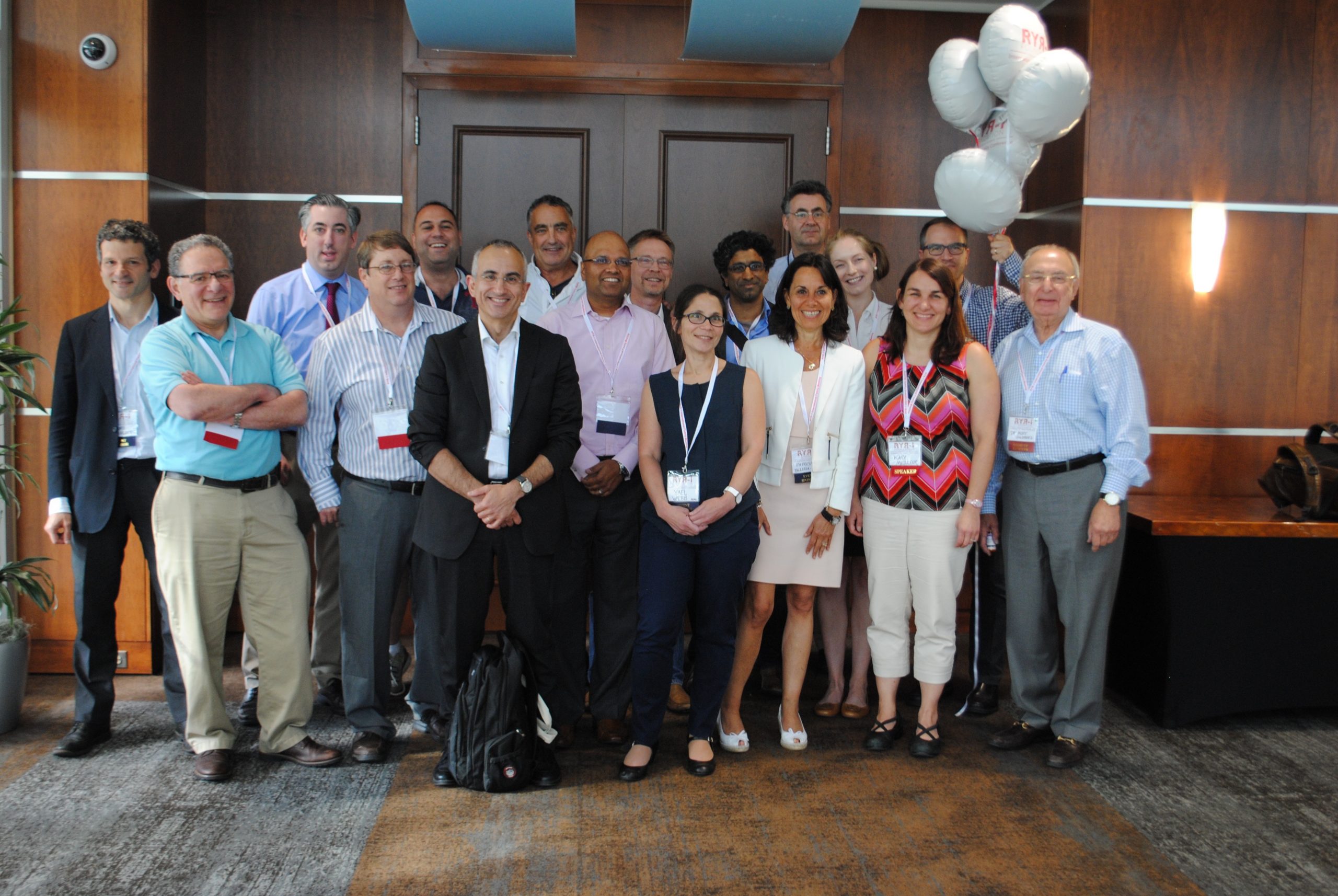
Overview
RYR-1-Related Diseases (RYR-1-RD) are inherited forms of muscle diseases resulting in a wide range of symptoms, including muscle weakness, malignant hyperthermia, and rhabdomyolysis. RYR-1-RD can be inherited in an autosomal dominant, autosomal recessive, or de novo pattern. RYR-1-RD are the most common cause of congenital myopathy.
The ryanodine receptor 1 (RyR1) is a calcium-release channel located in muscle cells that plays a pivotal role in the regulation of intracellular calcium flux, which is essential for muscle contraction. Alterations in the number or function of RyR1 receptors can impair calcium homeostasis, leading to compromised muscle contraction and dysfunction. RYR-1-RD present with a diverse spectrum of clinical manifestations, which generally exhibit a non-progressive or slow-progressive course.
Clinical Manifestations
Common clinical manifestations of RYR-1-RD include ophthalmoplegia (particularly affecting the extraocular muscles) and proximal muscle weakness. Additional symptoms may include malignant hyperthermia, myalgia, muscle cramps, exercise intolerance, and heat intolerance.


Pulmonary Dysfunction
Breathing problems associated with RYR-1-RD can range from non-existent to severe and are due to weakness in the thoracoabdominal muscles. Mild breathing problems can include sleep apnea. Severe breathing problems require continuous mechanical support.


Malignant Hyperthermia
Variants in the RYR1 gene have been implicated in the pathogenesis of malignant hyperthermia (MH). Individuals harboring RYR1 gene variants should adhere to malignant hyperthermia precautions if undergoing any medical or surgical procedures that necessitate anesthesia. It is crucial to consult with healthcare providers for guidance and to reference the recommendations from the Malignant Hyperthermia Association of the United States (MHAUS) for appropriate management and prevention strategies.

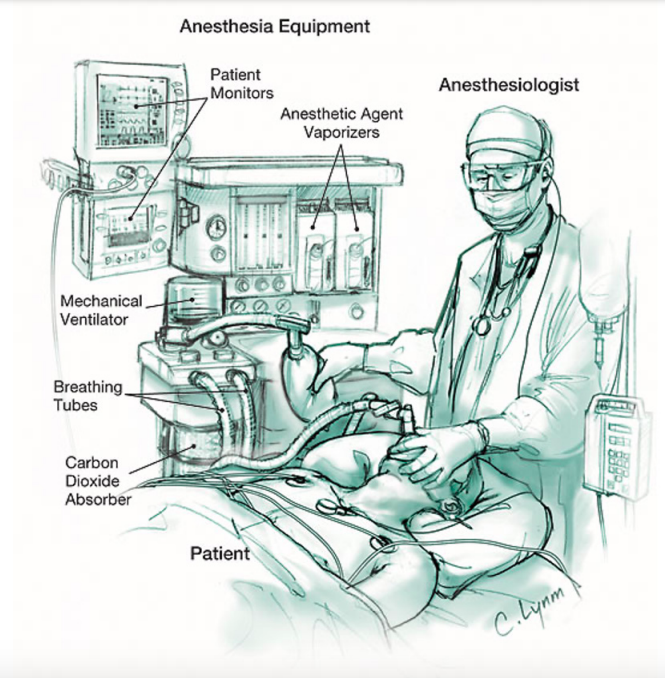
Diagnosis
RYR-1-RD are diagnosed through genetic testing to identify pathogenic variants in the RYR1 gene. Additionally, a muscle biopsy may be performed to allow histopathological examination of muscle tissue, enabling the detection of cellular abnormalities associated with RYR-1-RD. MRI can also be utilized to assess structural changes in the muscle, which may reveal characteristic features indicative of the disease.

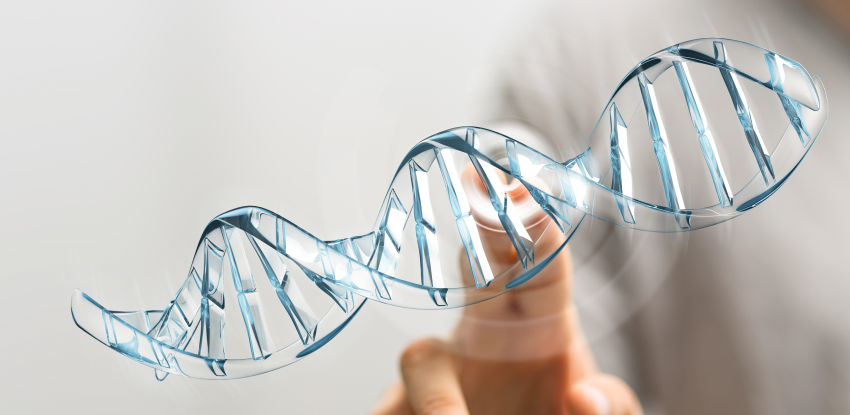
Treatment
At present, there is no known cure for RYR-1-RD. The primary mission of our organization is to accelerate research and support efforts aimed at discovering effective treatments and ultimately a cure.

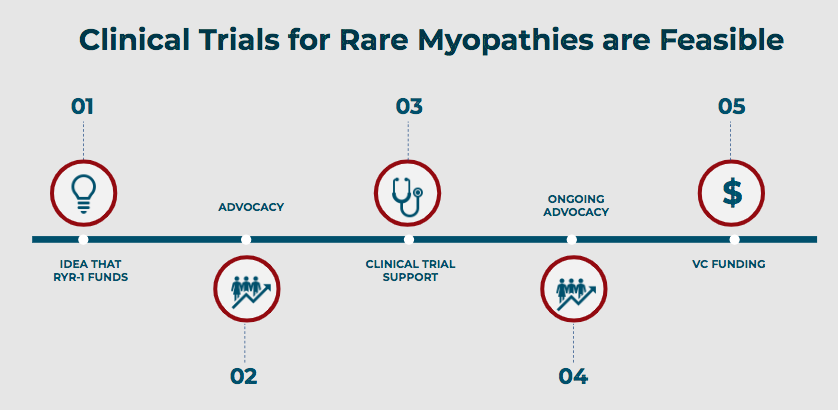
RYR-1-Related Diseases (RYR-1-RD)
is listed on the National Organization for Rare Disorders (NORD) Rare Disease Database.

NORD gratefully acknowledges Joshua J. Todd, PhD, CCRP, National Institutes of Health, Michael F. Goldberg, MD, MPH, Board President and Co-Chair of Research, The RYR-1 Foundation, Robert T. Dirksen, PhD, University of Rochester, and Nicol C. Voermans, MD, PhD, Radboud University (The Netherlands), for the preparation of this report.
